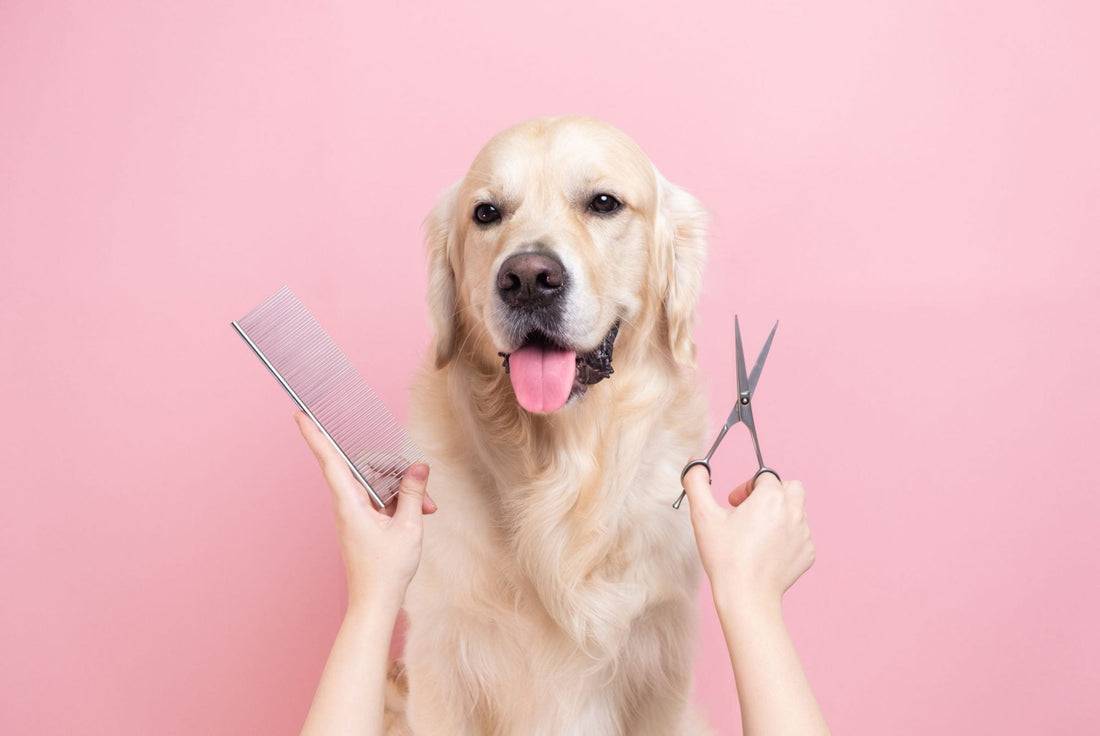
Seasonal Grooming Tips: Preparing Your Pet for Winter or Summer
Share
As the seasons change, so do the grooming needs of our beloved pets. Whether it’s the sweltering heat of summer or the chilly winds of winter, adapting your grooming routine is essential to keep your pets comfortable and healthy. This guide will provide you with practical tips for grooming your pets throughout the year, ensuring they look and feel their best.
Understanding Seasonal Changes
Pets have natural coats that respond to seasonal changes. As temperatures fluctuate, their fur may thicken or thin out, requiring different grooming techniques. Recognizing these changes helps you maintain your pet's coat health and overall comfort.
Summer Grooming Tips
Summer can be tough on pets due to heat and humidity. Here are some essential grooming tips to keep your furry friends cool and comfortable:
- Regular Brushing: Frequent brushing helps manage shedding and prevents mats from forming. For long-haired breeds, consider using a slicker brush or a de-shedding tool to remove loose fur effectively.
- Hydration: Ensure your pet has access to fresh water at all times. Proper hydration supports skin health and keeps their coat looking vibrant.
- Bathing: Increase bath frequency during summer months to remove dirt and allergens. Use a gentle, pet-safe shampoo to keep their skin clean without stripping natural oils.
- Paw Care: Protect your pet’s paws from hot pavement by checking for burns or injuries after walks. Consider using paw balm for extra protection.
- Sun Protection: Pets with short or thin coats can get sunburned. Apply pet-safe sunscreen on exposed areas like noses and ears before outdoor activities.
Winter Grooming Tips
Winter presents its own set of challenges for pet grooming. Here are some tips to ensure your pet stays warm and healthy:
- Coat Maintenance: Regular brushing is crucial in winter to prevent mats that can trap moisture and cause skin issues. Use a pin brush or slicker brush suitable for your pet's coat type.
- Moisturizing: The dry winter air can lead to dry skin. Use a moisturizing spray or conditioner after baths to keep their skin hydrated.
- Paw Protection: Ice and salt can damage paw pads. Rinse your pet’s paws after walks and apply a protective paw balm to prevent cracking.
- Bathing Frequency: Bathe your pet less frequently in winter to avoid stripping their coat of natural oils. When you do bathe them, use lukewarm water and a moisturizing shampoo.
- Drying Off: After walks in the snow, towel-dry your pet thoroughly to prevent them from getting cold. If necessary, use a blow dryer on a low setting to dry their coat completely.
Spring and Fall Considerations
During spring and fall, pets often transition between coats, leading to increased shedding:
- Extra Brushing: Increase brushing frequency during these seasons to manage shedding effectively. This will help keep loose fur from accumulating around your home.
- Check for Allergies: Spring can bring pollen and other allergens that may irritate your pet's skin. Monitor for signs of allergies, such as itching or redness, and consult your vet if needed.
- Inspect for Parasites: As outdoor activities increase in spring, check for ticks and fleas regularly after walks in wooded areas or tall grass.
Conclusion
Seasonal grooming is vital for maintaining your pet's health and comfort throughout the year. By adjusting grooming practices according to the season—whether it’s brushing more frequently in spring, protecting paws in summer, or moisturizing in winter—you can ensure your furry friend remains happy and healthy.
Explore our range of grooming products at PawPawBuy to help you keep your pet looking great all year round!
